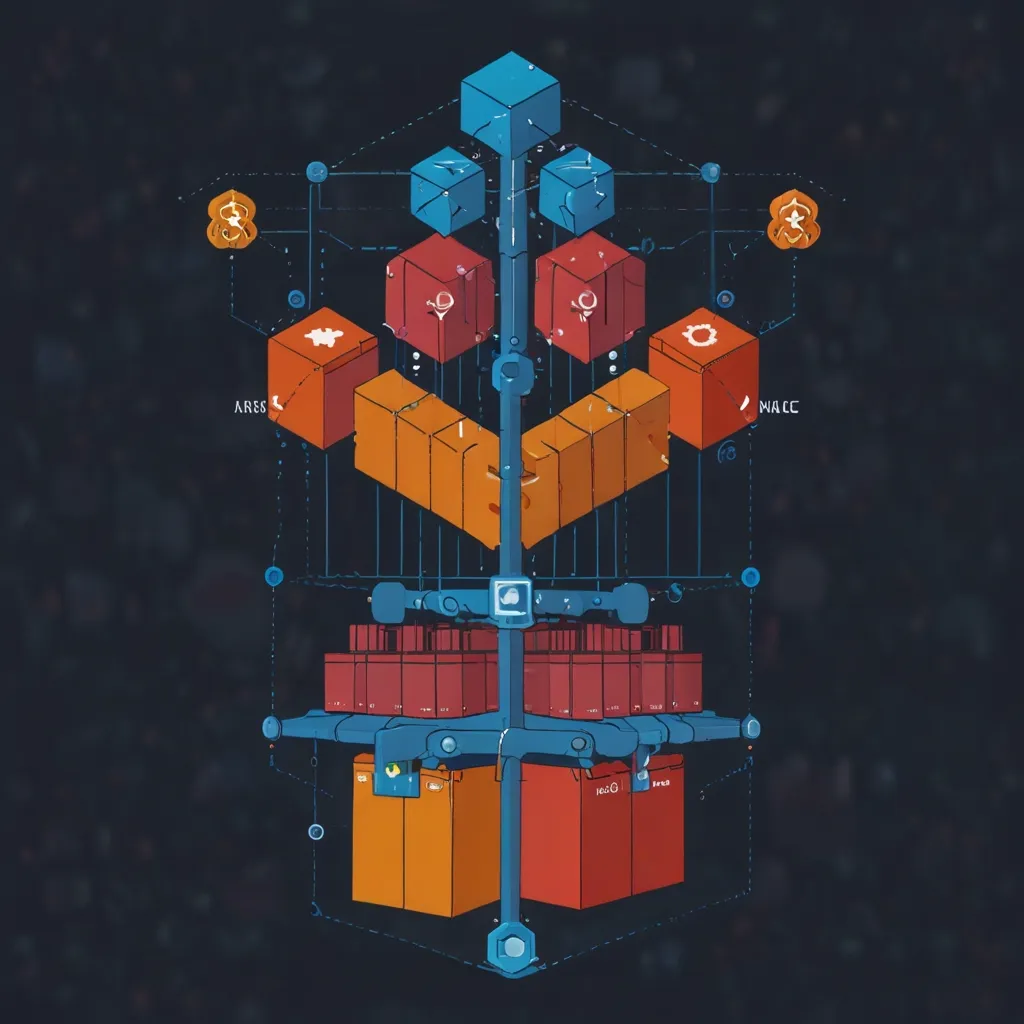Kubernetes has really shaken up the way we manage and deploy containerized applications. This open-source platform, which Google developed and released in 2014, has quickly become the go-to tool for automating deployment, scaling, and operations of application containers. But let’s break down why Kubernetes is such a game-changer and how it’s transforming IT infrastructure right before our eyes.
First off, let’s get into what containers are. If you’re scratching your head wondering about containers, think of them as nifty little software packages that bundle everything you need to run a piece of software—code, runtime environment, libraries, and system settings. Unlike traditional virtual machines bursting at the seams with full operating systems, containers are lean and mean. They’re incredibly efficient, making them perfect for consistent development, testing, and deployment across different environments.
Now, Kubernetes itself isn’t a containerization platform. It’s more like a maestro conducting an orchestra of containers created by Docker or other runtime environments. Kubernetes handles the heavy lifting of deploying, scaling, and managing these containerized applications at scale, ensuring everything runs smoothly across multiple hosts.
Within Kubernetes, you’ll hear terms like “Pods” and “Nodes” tossed around a lot. A pod is the smallest deployable unit in Kubernetes, representing an instance of a running process in your cluster. Think of pods as the building blocks of Kubernetes, with each pod capable of housing one or more containers. Pods can be scaled up for higher loads or redundancy. Nodes, meanwhile, are where the pods live, essentially acting as the workers in your Kubernetes cluster, making sure the hardware resources do what they’re supposed to.
Kubernetes brings heaps of benefits to the table, starting with its knack for managing swarms of containers. Whether you’re running a small application or a sprawling service used by millions, Kubernetes can juggle an impressive array of containers across different hosts. This dynamic scaling in response to changing demand means your resources are used wisely, keeping costs in check and efficiency through the roof.
One of Kubernetes’ shining features is its knack for automating the application lifecycle. From deployment and scaling to updating and maintenance, Kubernetes takes care of it all. If a container stops responding or croaks, Kubernetes will kick into gear, replacing the problematic container to keep your applications humming along smoothly.
Deploying and updating applications can often be a hassle, but not with Kubernetes. It streamlines these processes, abstracting away the complexity of managing the underlying infrastructure. This ease of use means developers and ops teams can roll out new features or bug fixes without breaking a sweat. Want to update or roll back an application? Kubernetes has your back, making the process seamless and reducing the risk of service disruptions.
Consistency is another key advantage of Kubernetes. No matter if your application is running on-premises, in a public cloud, or a hybrid environment, Kubernetes provides a uniform setup. This consistency simplifies operations, allowing developers to use the same tools and processes, whether they’re working on a local server or a sprawling cloud infrastructure.
So, what are some killer features of Kubernetes? For starters, there’s automated rollouts and rollbacks. Kubernetes will roll out changes to your application or its configuration gradually, keeping an eye on application health. If something goes south, Kubernetes can roll back the changes, ensuring stability.
Service discovery and load balancing is another gem. Kubernetes can expose a container using a DNS name or its own IP address and also takes care of load-balancing network traffic, keeping everything stable even under heavy loads.
Storage orchestration is another neat trick. Kubernetes lets you automatically mount storage systems of your choice—local storage, public cloud providers, or network storage systems. This kind of flexibility ensures your applications have the necessary storage resources to operate without hiccups.
Self-healing is a standout feature, too. Kubernetes will restart failing containers, replace and reschedule them if a node dies, and even kill off containers that ignore health checks. This self-healing prowess means your applications stay available and responsive, reducing downtime.
Managing sensitive information like passwords and tokens? Kubernetes has you covered with its secret and configuration management, keeping such data out of your stack configuration and making deployment and updates a breeze.
Kubernetes doesn’t stop at services; it’s great for batch workloads too. It can handle batch and continuous integration (CI) workloads, even replacing containers that fail. This makes Kubernetes a versatile tool for various types of workloads.
Horizontal scaling is yet another feather in Kubernetes’ cap. You can scale applications up or down with a command, through a UI, or automatically based on CPU usage. This elasticity ensures your applications can handle changing demands without you having to lift a finger.
Kubernetes shines in various real-world applications. Large-scale cloud applications are a perfect fit, especially those receiving millions of user requests daily. With Kubernetes, these applications can scale to meet demand changes, ensuring minimal downtime.
High-performance computing (HPC) industries also benefit from Kubernetes. It excels in managing HPC calculations across hybrid and multicloud environments, enhancing data and code portability for these resource-heavy tasks.
Artificial Intelligence and Machine Learning are areas where Kubernetes is making waves too. Managing and scaling AI and ML systems requires significant resources, but Kubernetes automates the management and scaling, simplifying deployment and reducing the need for manual intervention.
Learning Kubernetes can be a bit of a climb, especially if you’re new to container orchestration. It takes getting acquainted with its components—pods, nodes, services—and mastering its automation and scaling features. But don’t be daunted. With practice and the right resources, delving into Kubernetes can streamline your application deployment and management in ways you wouldn’t have imagined.
To wrap it up, Kubernetes is a linchpin in modern IT infrastructure. Its capabilities in automating deployment, scaling, and managing containerized applications make it indispensable for developers and operations teams. From cloud-native applications to high-performance computing and AI/ML systems, Kubernetes offers the flexibility and scalability to meet today’s complex IT demands with ease.






